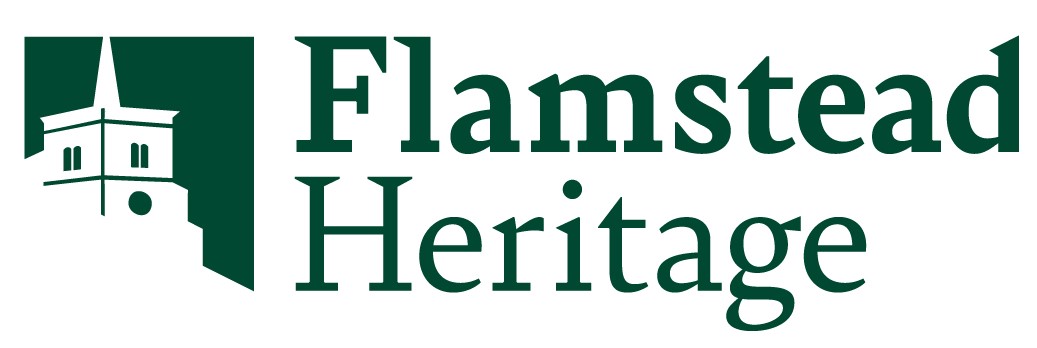A major project of conservation-led repair and restoration has saved St Leonard’s Church from closure by replacing rotted timbers in its medieval roof, rebuilding the stonework of damaged windows, and ensuring rainwater does not get into the building. This work means that “environmental envelope” of the structure is now sound again, so that the internal timbers remain dry and not susceptible to rot and beetle damage, and the wall paintings do not have successive periods of damp and dryness which leaches out the pigments and weakens the adhesion of the plaster.
The work started in Autumn 2020 and ran through until Autumn 2021. Craftspeople skilled in woodwork, stone masonry and structural repair combined their skills to ensure that the Grade I listed building retains as much of the original material as possible, while being made safe and secure for the coming centuries. A huge outer scaffold cover protected the interior while the work was done, and we organised “hard hat tours” so that people could climb the scaffold and see how a medieval building is put together.
Much work was done during 2019 to survey the church in detail so that every stage of the restoration could be planned. These pictures tell the story of that process…
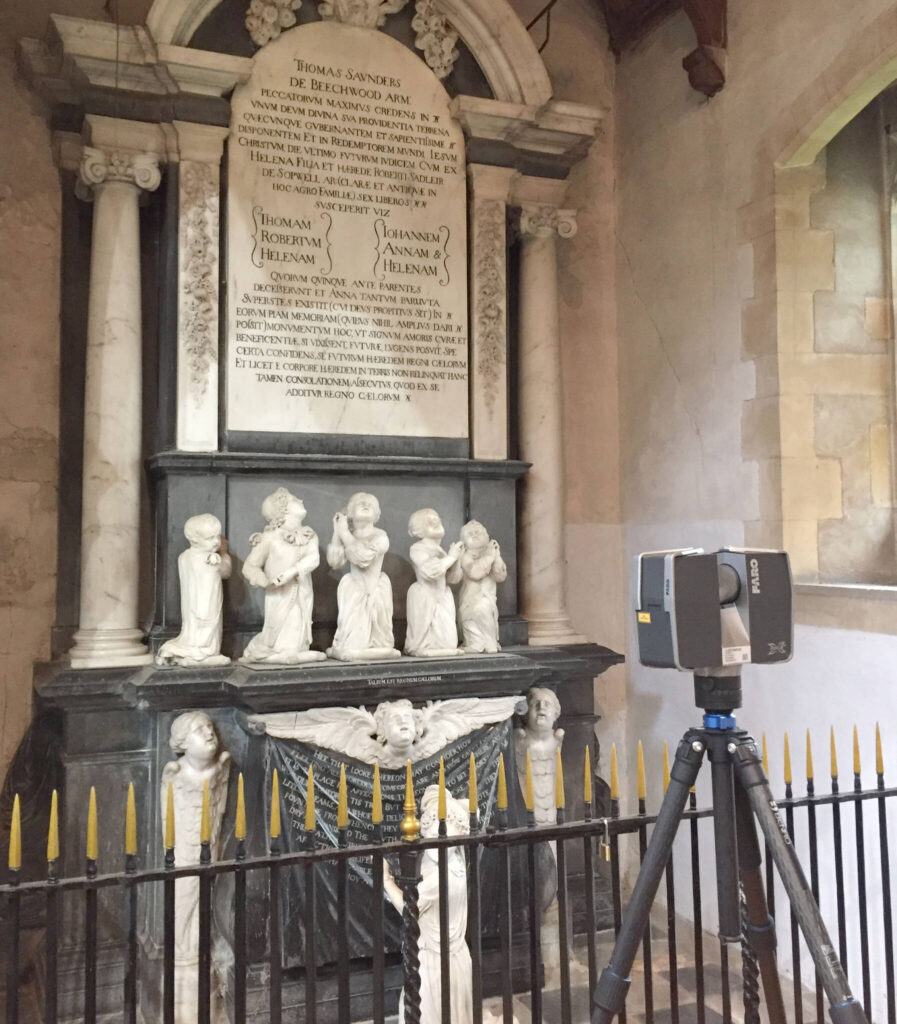
Laser-scanning inside the church. This is a LIDAR scanner, which uses a spinning mirror to send a laser beam out in all directions and catch the return reflections from the building so that the distance to each surface can be accurately measured.
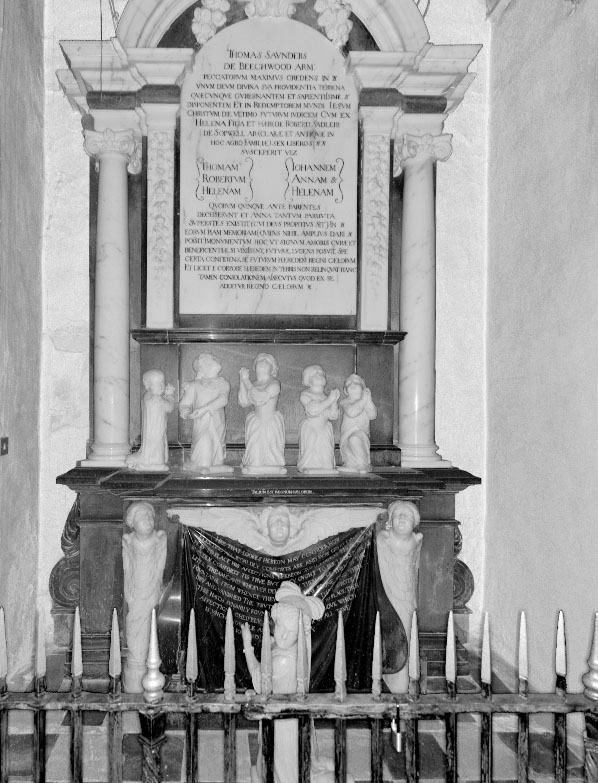
The LIDAR scanner produces a “laser point cloud” which can be turned into a ghostly 3D image by special surveying software – in this case SCENE-LT from Faro.
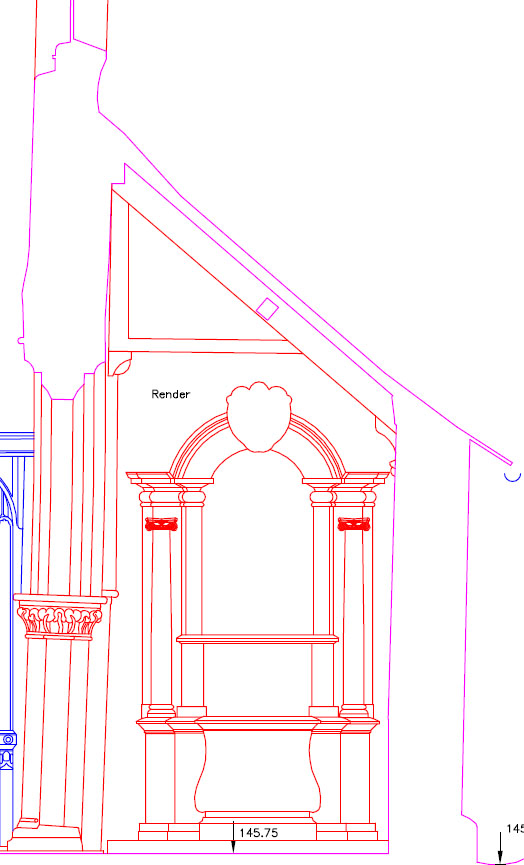
From this digital scan of millions of data-points, software is used to create accurate drawings for architects, structural engineers and building contractors to work from.
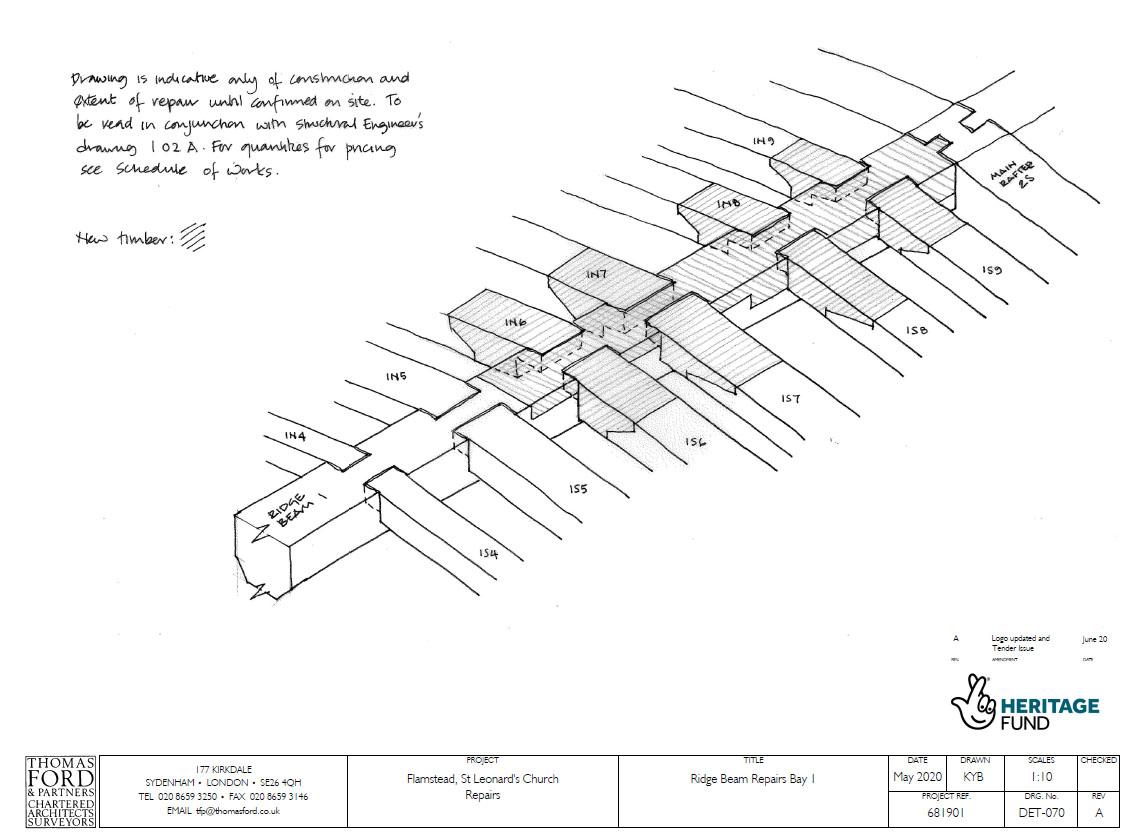
From there, meticulous drawings are produced showing how the repairs are to be undertaken for each beam, rafter and window.
Find out more about the church and its heritage by clicking Explore our Heritage
